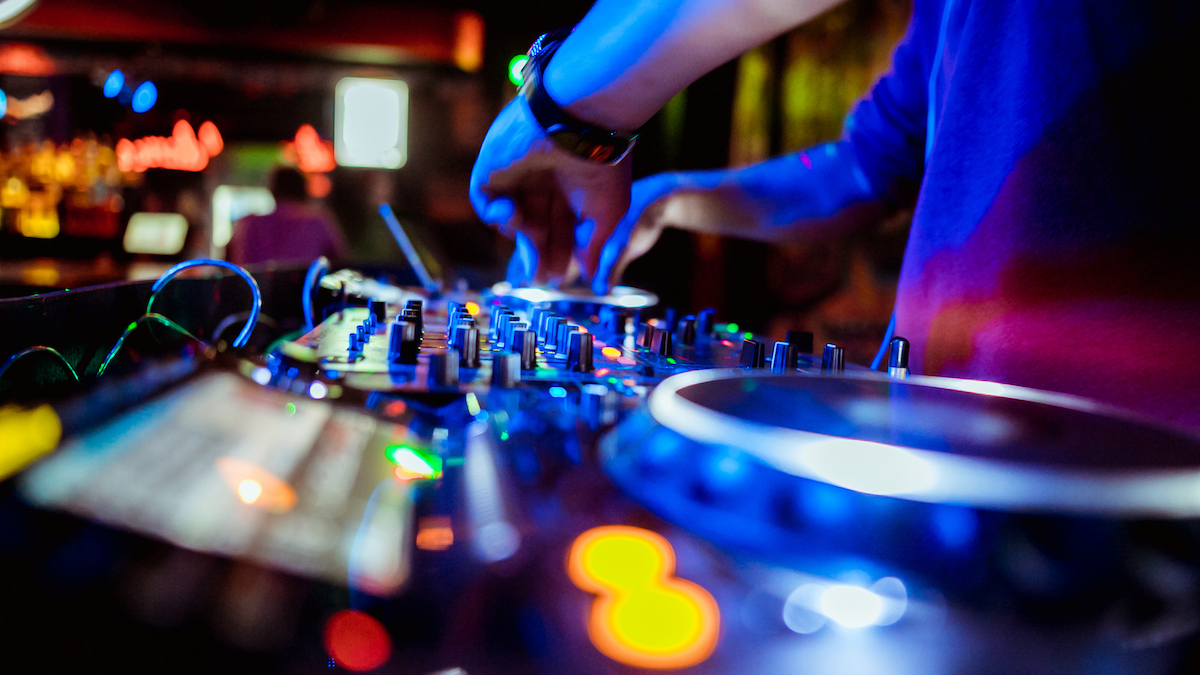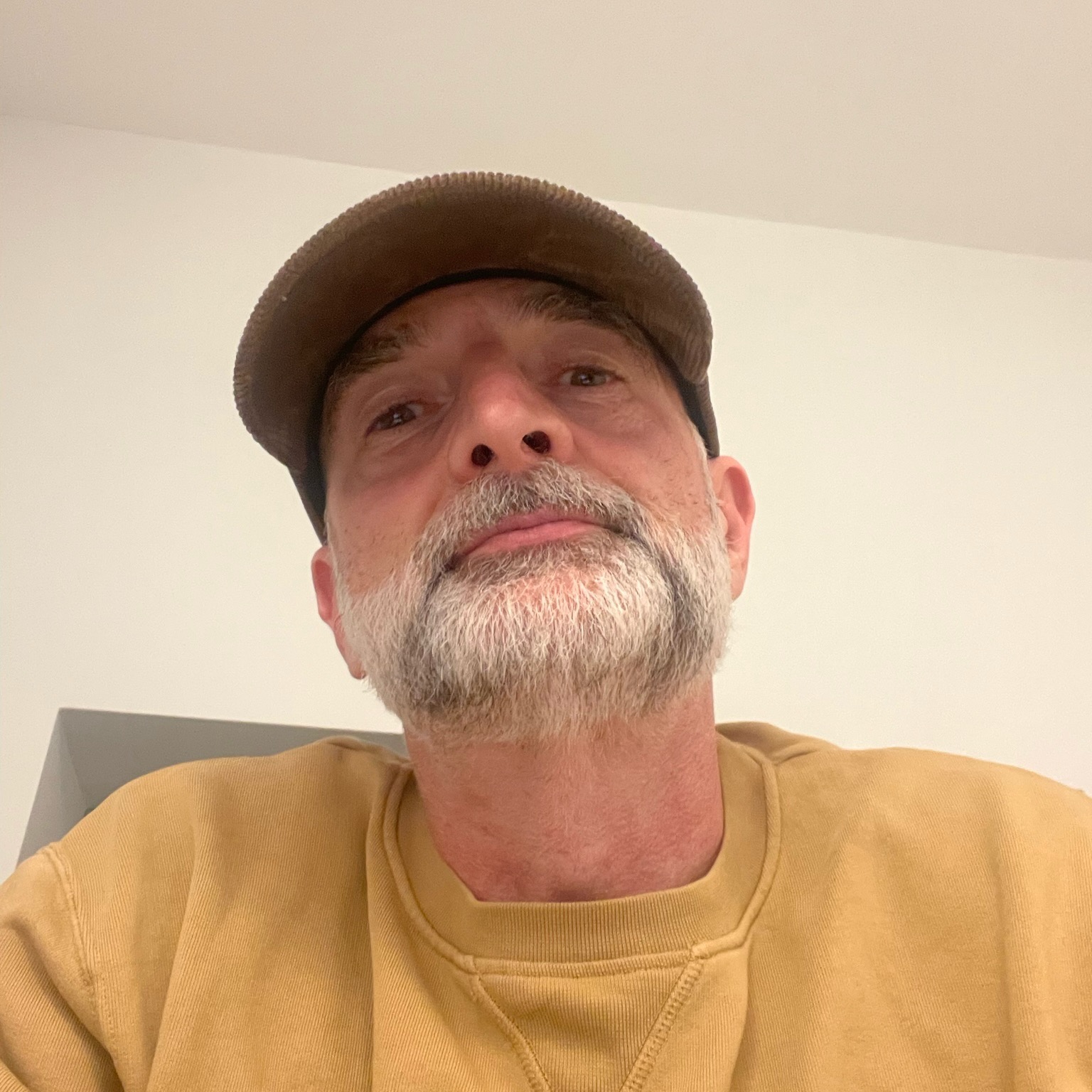5 common issues every DJ faces and how to fix them: “Aside from your digging, curation, selection and mixing skills, a basic working knowledge of the equipment is essential”
Avoid unnecessary nightmares in the booth with our guide to the main technical problems you’re likely to run into

For the most part, DJing is a pretty enjoyable experience. You get to share the music that you love and you get to hear it really loud over a decent sound system.
If you do it right, you might even bring joy to a room full of dancers. Oh, and you get paid for it too. There’s no doubt that DJing can be a job that’s hard to beat. But like any other role, working as a DJ brings many issues and challenges, and there are a few DJ-related problems that tend to occur more often than others.
With DJing, as in life, you can’t prevent problems from happening, but you can definitely be prepared for them when they do. So we put together this list of some of the most common problems that you’re likely to run into as a jobbing DJ.
1. Problematic monitors
The monitor speakers are the small speakers in the DJ booth that allow the DJ to ‘monitor’ the main output (check out our guide to the best DJ speakers if you’re in the market). If you haven't played in a big venue before then you might wonder why you’d need them, but in a venue of any size at all there will be a slight time lag between the sound that you hear in your DJ headphones and the sound of the main system after it has bounced off the ceilings and walls and back at you, and this can make mixing tricky. Monitors allow you to hear the sound clearly in the booth so you’ll be able to hear any issues - with the sound quality or your mixing - instantly and accurately.
In my experience at the lower/mid end of DJing, the monitors in the DJ booth can often be problematic. I’ve played gigs where they’ve completely blown and just made an unpleasant flapping noise at me, gigs where they’ve been turned around to face the crowd so I couldn’t hear them, gigs where the cables connecting them to the mixer, or even the monitors themselves, are missing.
The key is to learn to DJ without monitors, using the cue system on the mixer to listen to both tunes in your headphones to get them in sync. DJ mixers have a cue mix option on the headphone control that allows you to move between what the audience is hearing and what you’ve got in your headphones so you can precisely monitor your transition. For the rare occasion when there are no monitors at all, this is obviously an extremely useful skill. However, the extended, concentrated listening via headphones that it involves also neatly leads to our next common DJ problem…
2. Tinnitus
As the biggest and most common physical risk involved in DJing, tinnitus is still under-discussed in the industry and protecting your hearing really should be at the very top of the list for any DJ college course or workshop. A particular issue for DJs is that human hearing quickly becomes accustomed to loud sounds - this is why when you take over from someone who’s been DJing for a couple of hours, you’re often amazed at how loud they have the volume in their headphones. But you then often find yourself gradually turning the headphone volume up throughout your set because your ears become used to the volume too.
Want all the hottest music and gear news, reviews, deals, features and more, direct to your inbox? Sign up here.
Your hearing is going to naturally deteriorate as you age anyway, and any damage caused by extended listening to loud music - such as DJing for a few hours - will likely be irreversible, so hearing care should be a top priority for you. The most obvious and effective thing you can do to protect your hearing is to use ear defenders for at least some of the time you’re in the club environment. And the earplugs for musicians market now has several products of a high enough quality that you can use them when you’re actually playing a set.

3. Unsupported file format
This one is a definite DJ nightmare. You get to the gig, the outgoing DJ hands over to you, you load up your USB, select your ‘First Gig Absolute Killers’ playlist and click on the first absolute killer you’re going to drop - and the CDJ screen shows you the dreaded CANNOT PLAY TRACK message.
Sometimes, the lack of tags in wav files can cause playback issues, and some extensible (multi-track) wav files can have playback problems, but the most likely reason your files won’t play is a compatibility issue between the sample rate/bit depth of the file and what the player can support. For example, the Pioneer CDJ 3000 can support wavs at 44.1, 48, 88.2 and 96kHz, while the 900 NXS can only support wavs at 44.1 and 48kHz. You can check the sample rate and bit depth of your files in your DJ software, and the fix is simply to create a new (‘re-encode’) wav - there are numerous free software tools available that can do this for you.
4. Bad sound
DJing is a multi-faceted role. Obviously your job is to supply the music, but unless your first gig is at a top-end venue that employs a sound engineer, if there's a technical problem with the sound, you’re going to need to do something. So, aside from your digging, curation, selection and mixing skills, a basic working knowledge of the equipment is essential.
Aside from the mixer, decks/controller and DJ laptop, there might also be FX units, monitors, cables, amplifiers, EQs, limiters, and of course the main sound system. So while it’s not reasonable to expect a DJ to be able to take apart a bit of gear mid-gig to re-solder a faulty connection, some kind of basic understanding of what needs to be connected to what in order for it all to work will allow you to run the kind of base level diagnostics that will probably solve the majority of technical issues you’re likely to run into.
5. No sound
Perhaps the most basic and common DJing technical problem is variations on the ‘I can’t hear the track in my headphones’ issue. It happens to all DJs, usually at the start of their set and, although in the heat of the club with just twenty seconds left on the track that’s playing it can be easy to give into panic, there’s always a logical reason, and it’s almost always something to do with the mixer settings.
Having a basic ‘Why can’t I hear it?’ checklist is always helpful. Have you got your headphones plugged in? Is the headphone volume up? Have you selected the cue button of the track you want to listen to? Is the filter still on? (In my experience, nine times out of ten either the last DJ left the filter on and I’ve not noticed, or I just spent five minutes deep in the mix rinsing out the filter and then promptly forgot I left it on).
So it’s always good to take a quick full-mixer-settings check to avoid playing the first half hour of your set with one track panned hard left and the other with no midrange. And if you realise that your headphones have just died the moment before stepping up to the decks at a major gig, then one of two things will happen: most likely, another DJ will lend you a pair, but if not, then all those hours staring at waveforms in Rekordbox are about to pay off and you’re about to create a DJing story you’ll be dining out on for months.
Harold Heath is a UK music writer and author. A DJ since the late 80s, Harold also produced a few hundred singles and remixes and two artist albums, and worked as a performer, ghostwriter and music-technology teacher. His first book Long Relationships: My Incredible Journey From Unknown DJ to Smalltime DJ was published in 2021.
